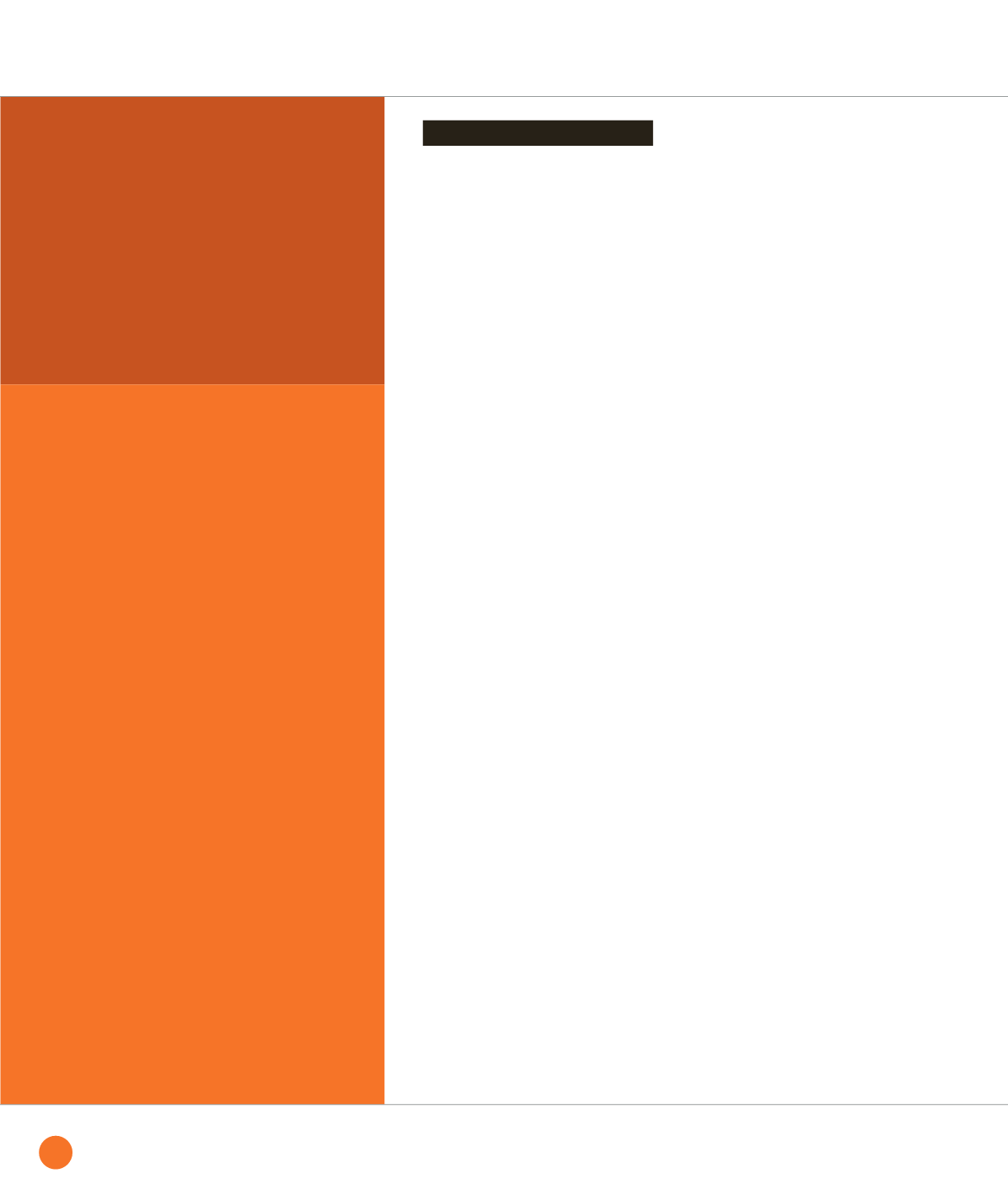
The function of translation
initiation factor IF2
analyzed by an integrated
structural biology approach
For many years, the group of Bruno Klaholz
has been interested in the translation factor
IF2 which participates in translation initiation
in bacteria. Using an integrated approach
to structural determination, they and their
collaborators have succeeded in describing
with precision this enzyme at structural
and functional levels. In particular, they have
brought to light a domain of its structure
important for the assembly mechanisms
of the ribosome subunits, unveiling a very
different functioning from its eukaryote
counterpart.
IF2 is a multidomain protein (see
figure below). Combining results from
crystallography, small-angle X-ray
scattering (SAXS) and cryo electron
microscopy, we have now achieved
the determination of the entire 3D
structure of IF2, both in solution and in its
state bound to the ribosome, in which it
stabilizes the initiator transfer RNA that
carries the first amino acid of the future
protein to be synthetized. We combined
the structural studies with functional
analysis of IF2 by fast kinetics and single
molecule fluorescence (in collaboration
with the teams of Claudio Gualerzi,
Camerino, and Jody Puglisi, Stanford),
analyzing dynamics of the complex in
presence and absence of the N-terminal
domain, and showing its crucial role in
the formation of a ribosome ready for
beginning protein synthesis. Notably,
we observed that its absence blocks
the correct assembly of the ribosome
and therefore obstructs its activity.
An additional collaboration with Thomas
Steitz’s team from Yale University
(USA) which allowed showing that the
mechanism of ribosome assembly
catalyzed by the N-terminal extremity
of IF2 is rather different from the one
known for its eukaryote counterpart,
eIF5B. These results are providing
key information about the molecular
mechanism of translation initiation, a
decisive step for the regulation of protein
synthesis. Altogether, this work culminated
in two articles published in Proceedings
of the National Academy of Sciences.
Decyphering IF2 structure
BIOLOGY AND HEALTH SCIENCES
66
SYNCHROTRON
HIGHLIGHTS
2013


